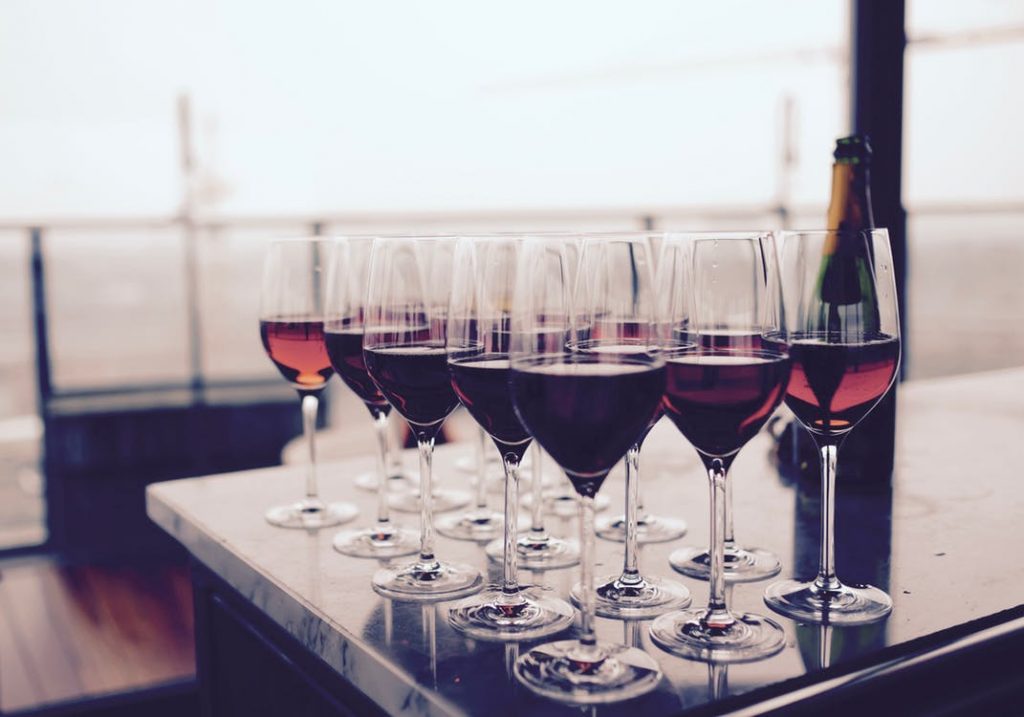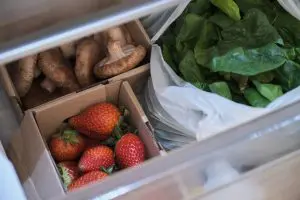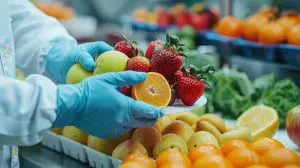What is quality wine?
Depending on whom you ask, you may get a different answer as quality can be defined in a multitude of ways. It may mean the absence of wine defects or taints, meeting a specific wine style, or producing a consistent product that meets wine consumers’ expectations.
Defining Wine Quality
UC Davis scientists recently published an article on the subject of wine quality. Acknowledging that defining wine quality can be complex, they proposed to study the topic holistically by exploring the relationships between the following five “extrinsic” quality variables: expert preference scores, wine competition scores, bottle price, geographical origin and vintage. The study also included analytical and sensory measurements of wine or “intrinsic” variables. The researchers chemically analyzed and evaluated the sensory profiles of 27 commercial Cabernet Sauvignon wines from California. The chemical analyses focused on the volatile fraction of the wines as well as on the elemental composition (mineral nutrients) of the wine. The sensory data was collected using quantitative Descriptive Analysis (DA), a well-known sensory method used for wine flavour profiling. Furthermore, the relationships between the extrinsic and intrinsic factors were studied.
Californian varietal wines spanning 10 vintages (2001 – 2011) and varying in price (US$9.99 to US$70) were used in the study. The DA evaluations saw 15 trained panelists conduct three duplicated tastings blind. Following standard DA methodology, the panel identified 27 flavour descriptors amongst which 21 descriptors were related to wine aroma, three to wine taste and three to mouthfeel. The choice of descriptors confirmed that discrimination amongst wines by the panel was primarily achieved through direct olfaction, meaning that wine aroma was a large discriminant factor. Descriptive profiling was studied alongside hedonic data from wine experts. Twenty eight (28) wine professionals assessed the 27 wines blind for preference using a 9-point hedonic scale. The results from the 2012 California State Fair Wine Competition were also included in this study and referred to points awarded by wine critics.
Result of the Wine Quality Study
First looking at the five extrinsic quality parameters and how they were linked to each other, study results showed that preference scores by wine experts correlated well to wine competition scores. No other relationship was found. Bottle price and vintage thus didn’t correlate with expert scores or competition awards.
Secondly, graphical tools (PCA maps) were used to display relationships between the intrinsic and extrinsic factors. The 27 Cabernet Sauvignons, their flavour descriptors and their scores by wine critics and wine experts were mapped to allow for characterization. The resulting maps showed no correlation between wine flavour descriptors and points awarded during wine competitions. On the other hand, some relationships were found between sensory descriptors and low preference scores given by wine experts. These results indicate that the wine competition judges didn’t rate wines of similar flavour profile in the same way. The researchers concluded that competition judges were either inconsistent or didn’t use a descriptive framework when tasting wine. In contrast, the maps correlating the wine experts’ scores to the sensory attributes displayed correlations: the wine experts gave consistently lower preference scores to wines displaying “soy sauce” and “fresh green” notes. In this study, the experts were consistent in their judgement of wine quality, specifically low quality wines. This finding is supported by research that shows that wine experts use both a preference and a descriptive framework when evaluating wine. Since a link between experts’ ratings and sensory descriptors could be established, the PCA map was used to “translate” the experts’ preference scores and give clues as to why the wines were rated poorly. Wine experts described low quality wines as having defects/flaws and exhibiting microbial spoilage, oxidation aromas, atypical, unbalanced aromas and flavour profiles.
High quality wines were more difficult to characterize. The only positive descriptor linked to high preference scores by experts was “red fruit aroma.” The study investigators concluded that high quality in wine may not be a function of individual flavour descriptors but might be the result of multiple descriptors acting together.
The other quality proxies were also mapped against the DA data and many relationships were reported. Interestingly, bottle price was negatively linked to red fruit aromas. It was also positively correlated to bitterness, hot mouthfeel, astringency, alcoholic flavour and “brett” aromas. Vintage was associated negatively with astringency, overall wine flavour and chemical aroma. Regionality, a term used in lieu of “terroir” or “typicity” in the study, was mapped to descriptive analysis data but data relationships were not as clearly explained due to interactions with winemaking and viticultural practices. Some wines were perceived as significantly sweeter and it was unclear whether this was due to residual sugar in the wine or to grape-growing conditions (“number of growing degree days”). Fresh green aromas were also used to describe certain wines and seemed to be linked to both growing conditions and viticultural practices.
In a similar fashion, the researchers explored relationships between volatile chemical compounds and the sensory descriptor scores. Sensory attributes correlated well to the volatile fraction of wine. The study results showed that highly-scored wines did not possess high levels of particular volatile chemicals. Aged wines were associated with more oxidation compounds; the perception of wines treated with oak correlated with specific volatile chemicals derived from oak. The researchers also noted that more expensive wines have been shown to contain wood-related volatiles. In addition, limonene, a citrusy volatile compound, was found to be negatively correlated to wine critics’ scores while a number of volatiles correlated negatively with the experts’ preference scores. Once again, wine professionals seemed to agree on what constitutes low quality wine. Study results also showed that winemaking and wine storage practices had a great influence on wine flavour which made the investigation of wine regionality difficult. The authors pointed out that only if the winemaking and storage practices were well controlled could the analysis wine volatiles be a tool to assess regional character.
Elemental profiling was another analytical measurement that was linked to sensory data. The study results showed that the elemental composition of the 27 wines was linked to both environmental and winemaking factors. For instance, the wine’s elemental profiles strongly differentiated the wines based on how they had been fined or filtered, occulting in part the impact of the environment. Researchers also identified higher levels of lead in some of the wines and suggested that some wines were made using older winemaking equipment. Further research is required to confirm these observations. In the context of regionality, elemental profiling was deemed a useful tool if winemaking practices could be controlled.
To conclude, this research paper presents many interesting points. Descriptive analysis remains a tool of choice to establish the flavour of wine reliably. DA can be used in conjunction with preference and analytical data to explore wine quality markers. Wine flavour is an important proxy for wine quality with wine aroma a determinant factor of lesser quality. Wine experts use both a preference and descriptive model when assessing wine. Thus, there is an opportunity to develop minimum standards, both sensory and chemical, for the evaluation of wine quality. Furthermore and in research applications, both elemental and volatile chemical profiling are useful analytical measures to study wine quality but they cannot readily be used to explore wine regionality. Since winemaking, viticultural and storage practices greatly influence the intrinsic properties of wine, it is important to control fermentations. Traceability from grapes to bottle is critical to the study of wine regionality.
Contact Sirocco for Wine Sensory Profiling Services
References:
Hopfer, H., Nelson, J., Ebeler, S. E., & Heymann, H. (2015). Correlating wine quality indicators to chemical and sensory measurements. Molecules (Basel, Switzerland), 20(5), 8453-8483.





